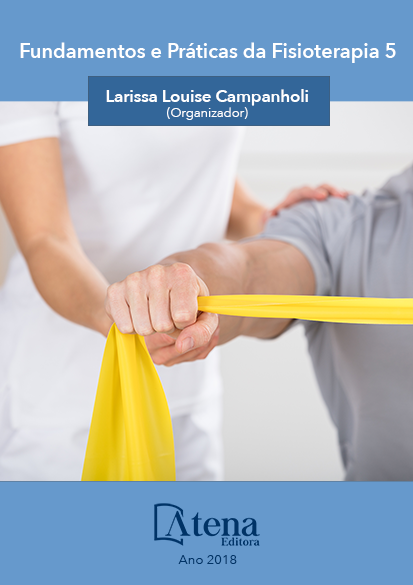
INFLUÊNCIA DA VENTILAÇÃO NÃO INVASIVA NO TEMPO DE ESTADIA NA UTI EM PACIENTES SUBMETIDOS À CIRURGIA CARDÍACA
A cirurgia cardíaca
(CC) produz grandes prejuízos à capacidade
pulmonar e força muscular inspiratória, e
devido a isso a ventilação não invasiva (VNI)
tem sido empregada para melhorar a função
respiratória. A VNI tem indicação na otimização
da oxigenação, reduz os índices de reintubações
e pneumonias, porém não se sabe o impacto
dessa melhora sobre o tempo de internação na
unidade de terapia intensiva (UTI). Objetivo:
Avaliar a influência da VNI no pós-operatório
(PO) de CC sobre o tempo de internação
na UTI. Métodos: Estudo retrospectivo de
pacientes que realizaram CC no período de
janeiro a outubro de 2016. Após a cirurgia
foram analisados os grupos de pacientes que
realizaram VNI e comparados com o grupo que
não realizou a técnica. Depois desse momento
verificou-se o tempo de internação na UTI.
Resultados: Foram incluídos 67 pacientes
sendo que 36 (53,7%) não realizaram VNI e 31
(46,3%) realizaram a técnica. A média de idade
geral foi 59,7 ± 11,7 anos, sendo 40 (59,7%)
do gênero masculino. O tipo mais prevalente de
cirurgia foi a revascularização do miocárdio com
51 pacientes (76,1%). O grupo que realizou a
VNI ficou em média 3,7 ± 2,4 dias vs. 3,9 ± 2,6
dias do grupo que não realizou a VNI, levando a
um p=0,73. Conclusão: Com base nos achados
conclui-se que a VNI não tem impacto sobre o
tempo de permanência na UTI.
INFLUÊNCIA DA VENTILAÇÃO NÃO INVASIVA NO TEMPO DE ESTADIA NA UTI EM PACIENTES SUBMETIDOS À CIRURGIA CARDÍACA
-
DOI: atena
-
Palavras-chave: Noninvasive Ventilation; Intensive Care Unit; Physical Therapy
-
Keywords: Cardiac surgery; Non-invasive ventilation; Intensive care unit
-
Abstract:
Introduction: Cardiac surgery
(CC) produces great damage to lung capacity and inspiratory muscle strength, and
because of this non-invasive ventilation (NIV) has been used to improve respiratory
function. NIV has an indication in the optimization of oxygenation, it reduces the rates of
reintubation and pneumonia, but the impact of this improvement on the length of stay in
the intensive care unit (ICU) is unknown. Objective: To analyze the influence of NIV in
the postoperative period (PO) of CC on the length of ICU stay. Methods: Retrospective
study of patients who underwent CC from January to October 2016. After surgery, the
groups of patients who performed NIV and compared with the group that did not perform
the technique were analyzed. After that time, the ICU was hospitalized. Results: 67
patients were included, and 36 (53.7%) did not perform NIV and 31 (46.3%) performed
the technique. The mean age was 59.7 ± 11.7 years, of which 40 (59.7%) were male.
The most prevalent type of surgery was myocardial revascularization with 51 patients
(76.1%). The group that performed NIV was on average 3.7 ± 2.4 days vs. 3.9 ± 2.6
days in the group that did not perform the NIV, leading to a p = 0.73. Conclusion:
Based on the findings, it was concluded that the Non-Invasive
-
Número de páginas: 15
- Hellen Graziela Moreira
- Lucas Ribeiro Alcântara
- Marijane Silva dos Santos
- Marilucia da Paixão
- Mayane Teles de Santana
- André Raimundo Guimarães
- Thiago Melo de Araújo
- André Luiz Lisboa Cordeiro


